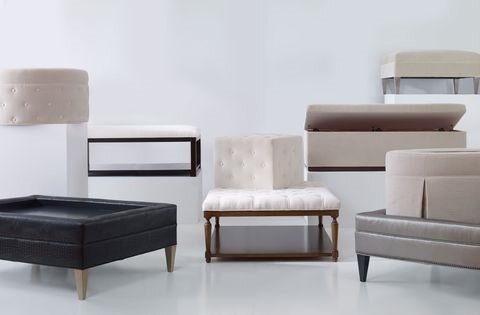All entrepreneurs have some serious marketing questions they need to answer when they start a business. These things may be even more important today, as we all work to recover from the challenges forced upon us by the pandemic. For interior designers, there are three big marketing questions to answer that are timeless and critical to your success.
Today, we’d like to take a look at them and see what might be the best way to answer them, taking into account our digital marketplace and the post-pandemic environment.
Answer These Marketing Questions
1) What is my time worth? This is the ubiquitous question for nearly every entrepreneur; how to value and price the service(s) you offer? While market trends can be a useful guide, your reputation (or the lack of one if you're just getting started), will influence what you are able to charge. The current trend seems to be toward package pricing, which means a price for the project without an hourly breakdown. Of course, your hourly rate will be included but it may not be necessary to highlight for your clients.
The key to valuing and pricing your design services is to always remember that the market for interior design is always local. Knowing what the top designers charge in New York and Los Angeles is useless to you in Dayton, Ohio; or even in the suburbs of those mega-markets. Keep your eyes on the prize here, and stay competitive with other designers in your area. Be diligent and check your competition’s rates every six to twelve months, or so. As your reputation grows and the economy recovers, you may be able to raise your prices over time.
2) How do I work with the types of clients I want? There is a persistent problem with the coaching and consulting that takes place online these days. Too many marketing “experts” advise you to define your “ideal client profile”. Of course, that’s not the problem we’re talking about because that makes perfect sense. No, the problem comes from them helping you define your perfect client too narrowly – as someone who wants to work with you.
What about the client YOU would LOVE to work with? It’s your business, after all. It’s your time and energy that is being invested in every project you accept. It should be your preference for both the type of project AND the type of person for whom you wish to work!
3) Where do I fit in my niche and market? Ah, the million-dollar question: where do I fit in? The answer is largely defined by the vision you have for your business, along with the mission you’ve given yourself. Why? Because it is these two things that define the purpose of your design business, and knowing your purpose will help to determine your niche.
Again, as a local business, you’ll need to research the economic characteristics of your market, as well as what the successful designers in your area are doing. (It also wouldn’t hurt to know why the less than successful designers are not flourishing.) First, figure out what’s missing in your market and then decide if it’s a service you can, or want, to offer. Then, based on your answer to the first question above, you can decide if that type of work is worth what you need to charge.
It should be obvious by now that all three of these Big Marketing Questions are inter-related and that the answers to each of them will influence the answers to the others. In other words, answering these marketing questions is a bit like a jigsaw puzzle that only you can put together. But, if you take the time to construct it well, you’ll have a solid advantage over the other interior designers in your marketplace.
Of course, doing all of this on your own may be more changing and time-consuming than you can invest. Knowing this, Ted remains available for business consulting support to interior designers and furnishing store owners. Whether virtual or facemask-to-facemask, with more than 25 years' experience in the luxury furnishings industry and through all sorts of economic crises and natural disasters, he should be able to help you cope with all the changing trends and priorities.
To get in touch with Ted, or for more design trends, business tips, and answers to important marketing questions… Get in touch with TD Fall today.


















